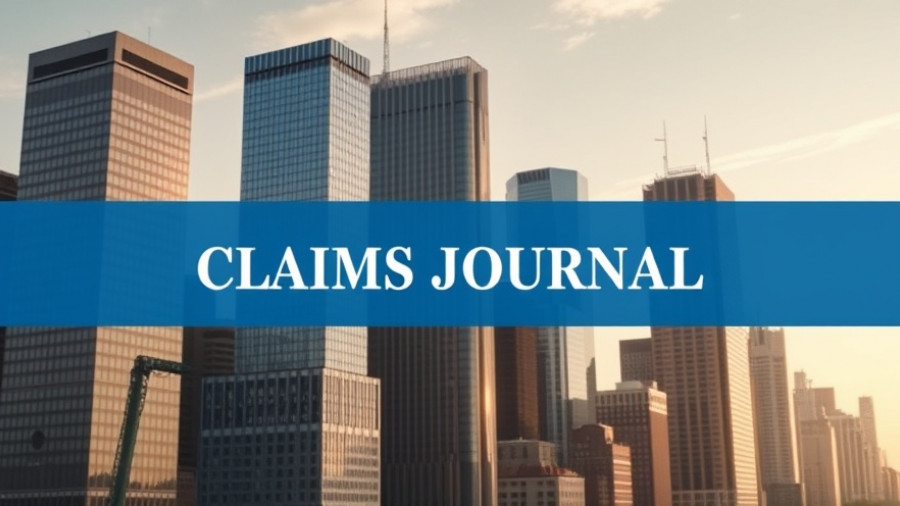
A Daring Daylight Heist at the Louvre: What Happened?
In a truly audacious display of criminality, thieves executed a ballet of precision and speed at the Louvre Museum in Paris on October 19, 2025. Comprising four masked individuals, this group managed to pull off a heist worthy of a movie script — altogether stealing jewels valued at approximately 88 million euros (or $103 million), according to Paris's public prosecutor, Laure Beccuau.
Using a crane to smash through an upstairs gallery window, they plundered items from the royal jewelry collection in less than ten minutes before speeding away on motorbikes. Among the stolen treasures were stunning pieces, including items once worn by Empress Eugénie and Queen Marie-Amélie. Interestingly, the crown of Empress Eugénie was located outside the museum, an unintended symbol of the heist's chaotic nature.
The Economics of Cultural Theft
While damage in monetary terms is staggering, Beccuau underscored the far more significant historical loss that this theft represents. As a consumer advocate, it’s essential to draw parallels between art theft and property damage claims faced by everyday individuals. Just as the Louvre's treasures are irreplaceable, vehicle owners must recognize the unique value of their property during accidents. This incident is more than a mere financial crisis — it prompts a broader conversation on cultural heritage and its impact on society.
Traditionally, museums have been regarded as secure havens of history. However, this recent incident exposes vulnerabilities that even the most famous art institutions face. The theft reflects a troubling trend seen in similar crimes around the globe, where the pure monetary value of items being stolen dwarfs their cultural significance. This shift raises questions about security, insurance policies for irreplaceable items, and the legal landscape surrounding both art theft and property damage claims.
Common Misconceptions About Art Theft
Many people may believe that stolen artworks inevitably end up hidden away or sold to the highest bidder. Yet, experts argue that the current landscape of art crime has shifted toward quick profit schemes that favor melting down valuable gems or metals. Thieves see historical significance as secondary to tangible profits, asking, "Why not destroy an item’s context if it leads to cash?" This perspective mirrors the lessons of everyday individuals confronting their own insurance claims — recognizing that an object’s value may often rest in non-tangible elements, such as memories and unique histories.
Security Assessment: Are We Doing Enough?
The audacity of the Louvre heist raises pressing questions about security measures in cultural institutions. According to some security experts, dependency on outdated technologies and budget constraints opened gaps that allowed this theft to happen. Notably, this reflects a wider issue across various sectors, including the insurance and property damage claims arena. Museums may be cultural landmarks, yet they lack the robust security seen in modern businesses largely due to their status as public institutions. Likewise, vehicle owners must universally understand the essentiality of navigating through complicated claims processes and the real-world protections available for their unique assets.
Following the Louvre event, authorities have been urged to reassess their security strategies substantially. They must consider innovative systems that can provide high levels of protection while respecting the historical integrity of such sites. For vehicle owners, this translates into recognizing the value of annual insurance reviews and understanding how to advocate for necessary upgrades to their coverage — similar to improving museum safeguards to prevent future thefts.
Conclusion: What’s Next? Protecting Our Valuables
The recent heist at the Louvre serves as a stark reminder of the vulnerabilities both cultural institutions and individual property owners face in today’s world. Just as French authorities must take decisive action to improve museum security, vehicle owners in America and beyond must empower themselves with knowledge regarding the insurance claim process, especially post-accident. Whether engaged in a car accident claim or dealing with a property damage claim, being proactive can make all the difference. Don’t leave your wellbeing and assets unprotected; stay informed and prepared. Discover resources and insights to help you navigate your situation safely and effectively.
 Add Row
Add Row  Add
Add 




Write A Comment